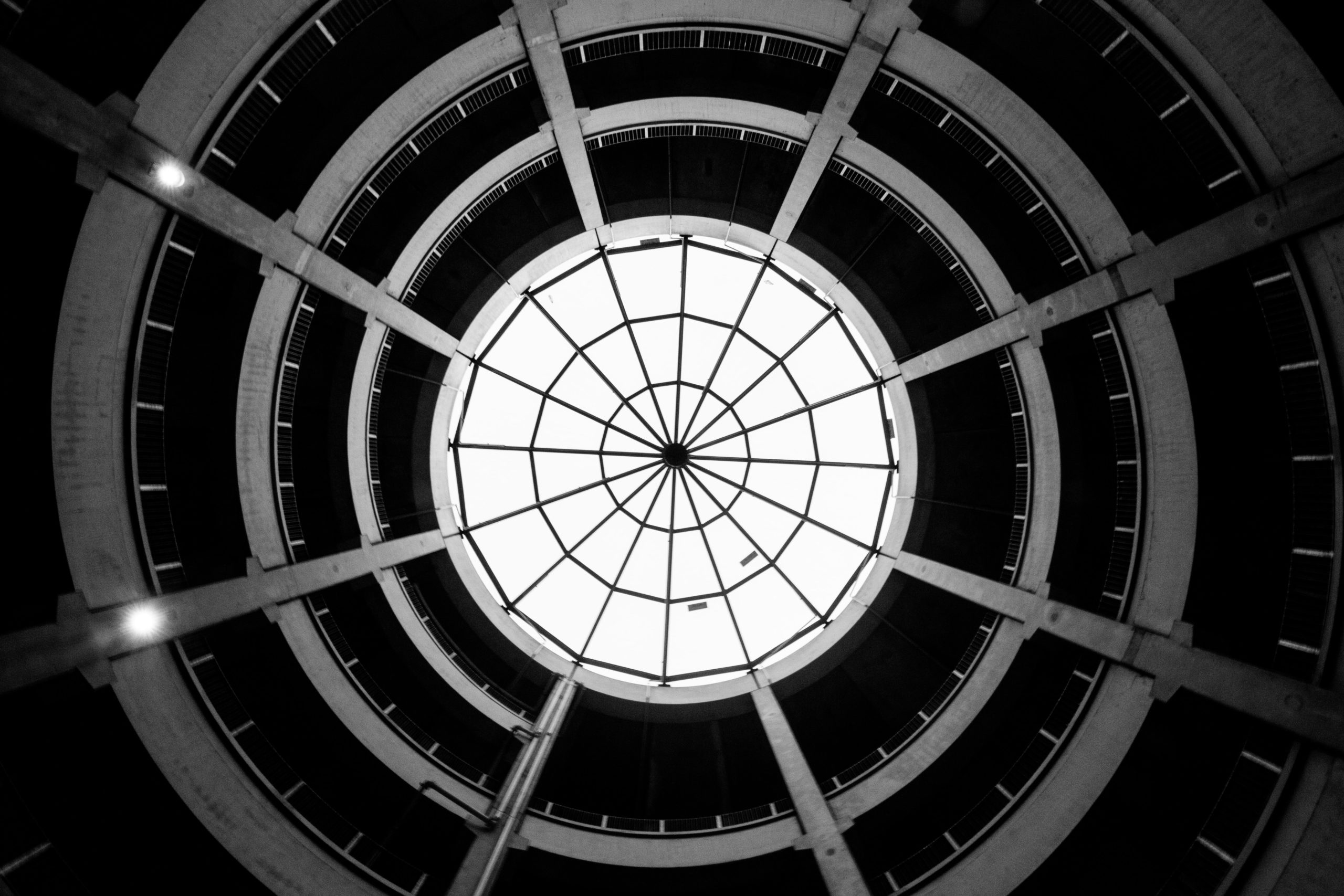
Lighting, in general, has a profound effect in spaces, invoking emotions to its spectators and helping architecture and interior design achieve its true purpose.
For the external lighting of heritage buildings, illumination aims for a lasting impression from its viewers. In night illumination as well as daylight, lighting highlights the architectural aspects of the structure, exposing details through casting light and shadow. This dramatic play of lights will need strategic lighting engineering and architectural design solutions.
Night illumination in Heritage Buildings
Outdoors require less light intensity compared to indoors, emphasizing a theatrical appeal, and less focused on task illumination.
Before designing, considerations should be kept in mind. These involve aesthetics, mood lighting, technical, economic, and conservation aspects. UNESCO guidelines and recommendations should also be put into an account.
UNESCO Guidelines and Concerns
UNESCO recommends that monuments should not be illuminated from the bottom up except for historic buildings. Lights should be intercepted by the building façade to prevent light from straying away. Use luminous flux reducers that have an automated or self-timing mechanism that can switch off automatically during the day.
Lighting intensities and mechanisms should be studied as not to disrupt biodiversity and nightscape, especially in natural and rural areas.
Other smart lighting solutions are intelligent lighting systems, adaptive lighting, wireless sensor fusion, and smart solar-powered LED lighting systems.
To achieve aesthetically-pleasing lighting, luminaires equipped with white light sources such as metal halide, compact fluorescent, or LED is recommended. These luminaires have excellent color rendering properties that allow the color to be seen naturally, setting a more comfortable visual environment. During the night our eye adapts to the sensitive blue end spectrum, which means we see better with white light sources.
At night, eye sensitivity changes to the ‘dark-adapted eye,’ which is more sensitive to the blue end of the spectrum, meaning we can see better under white light sources.
Temperature sets an ambiance and impressions, 3000K temperature level is warm and creates a softer and comfortable setting, while the 4200K has a cooler temperature level, provides a crisper atmosphere.
Keeping the running costs down is one of the major concerns of the museum and heritage sectors. Most tungsten-halogen lighting is now replaced with LED lights to save on energy and replacement costs.
With technology and its efficient performance and long life span, provide consistent lighting effects and minimal maintenance worries.
As concerns in the effects of night illumination to surrounding nature, it is recommended to use flat-glass light distributions. This eliminates direct upward lighting, a major contributor to sky glow. Minimal column heights to reduce light over spilling.
Reflection, glare, and unwanted light can also be caused by the luminaire finish, positioning, and fixing methods during the daytime. Proper planning and design are needed to provide visual comfort from viewers and the surrounding nature.
Landscape and surrounding elements can also be utilized to mitigate the negative effects of night illumination. Plant trees on the site that can screen off and block away unwanted light to the surrounding environment.
One type of pollution we don’t hear often is light pollution, which has a damaging effect on the environment, especially for migratory birds and even insects.
To minimize the damaging effect of excessive lighting, there must be a collaborative effort to switch to advanced lighting technologies that are designed for efficiency and reducing light pollution. Applying this type of technology to heritage sites allows public visibility for heritage sites in the evening by practicing proper planning on how to light up a site in such a way that it can attract visitors.
All the while, proper design, and implementation must ensure that these new lighting technologies will not have much of an impact on the site in terms of aesthetics. By only installing the necessary number of light fixtures, in the right areas, energy savings are achieved. Thankfully, such advanced luminaires exist today.